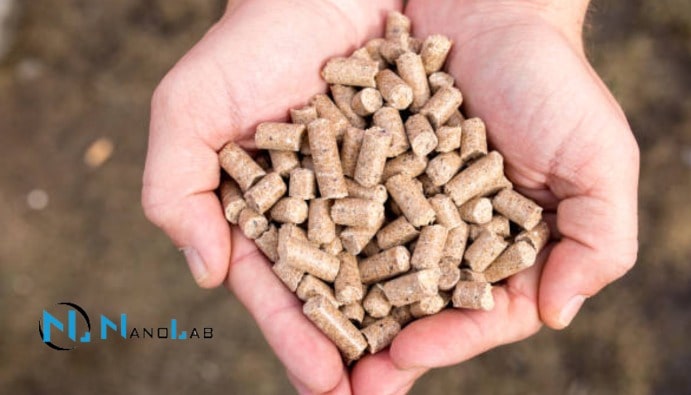
BLOG
KATEGORİDEKİ DİĞER YAZILAR

ADF, NDF and ADL are important parameters that determine feed quality and digestibility in animal nutrition. These values provide critical information in the ration preparation process by measuring the amount of fiber in feeds and the effect of fiber on digestion.
A low ADF value in feed increases the digestibility of feed and better meets the energy requirements of animals. At the same time, NDF ratio is effective on feed intake and rumen health. Moderate levels of NDF provide optimal performance in ruminant animals. Low ADL increases the bioavailability of feeds and supports the growth rate of animals.
Managing these parameters in balance is a critical element to increase production efficiency while maintaining animal health.
The importance of using structural carbohydrates in animal feeds is to increase feed utilization and maintain rumen health in ruminants. With the intake of NDF and ADF, salivation and rumen pH in ruminants remain within appropriate limits. Thus, it provides a suitable environment for cellulotic and amylolytic bacteria, protozoa and yeasts that help microbial digestion. In addition, many diseases such as acidosis, laminitis, rumen paraketosis are prevented with NDF and ADF.
Due to the reasons mentioned above, determination of the amount of cellulose - crude cellulose in feeds is one of the important analyzes. For many years, the amount of fiber was determined by “Crude Cellulose Analysis” in feeds.
These analyzes are carried out in the laboratory using certain chemical solvents. Each parameter measures a different aspect of feed quality. Details of these analyzes are given below:
Contact us for more information.
You can follow us on LinkedIn for up-to-date news and posts about our services.
Follow our Instagram account to be informed about our latest blog posts.